
First try:
3D Printing AVR Arduino Art Audio Automation BeagleBone Bluetooth Cameras Clock Drones Environment Hardware IoT LED Medical Music Radio Raspberry Pi Remote Control Robotics Rockets Satellites Science Security Software Virtual Reality Wearables
 RoGeorge
RoGeorge




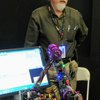
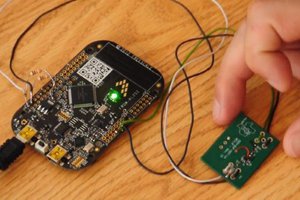
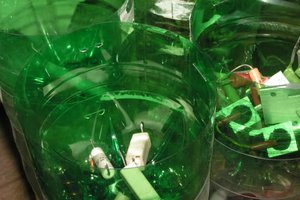
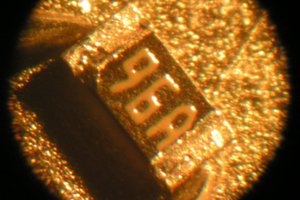
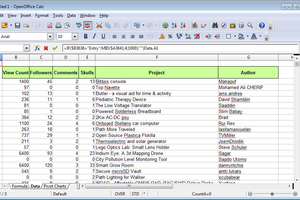
maybe a set of 4 foot switches in a circle, with a short post in the center to rest the center of your foot on and to pivot from switch to switch, and a button to the side. use the 4 circler buttons as direction for the mouse and the button to the side as the clicker/double clicker. maybe a switch on each side of the circler arranged switches one for the left mouse button and one for the right. then add a larger wheel to act as a scroll wheel